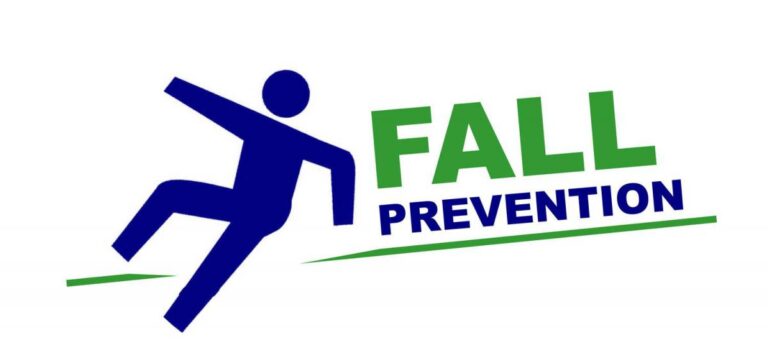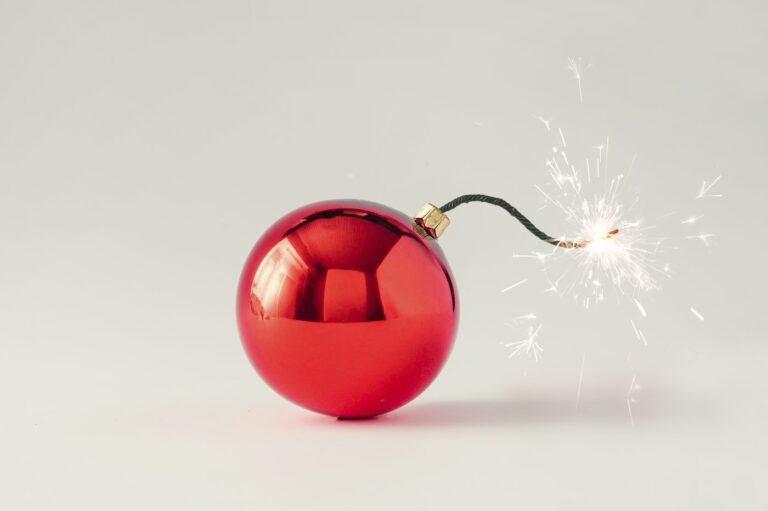How Can Caregivers Protect Themselves and Remain Safe?
Introduction
My name is Rachel Blackwood, PT, CAPS with Designing Independence, and I’d like to address the physical burden of being a caregiver. Being a caregiver is no easy task, and caregiver safety is an important one to discuss.
We all know that self-care is important – whether you are a caregiver or not. Find time to exercise, even if it’s just a walk around your neighborhood. Allow friends, families and health care professionals to assist you – you will need their help. Finding a network of support is essential to your health, and to the health of your loved one.
Caregiver Safety
I’d like to focus on your safety as a caregiver. Your personal safety is SO important, particularly if you are the primary caregiver. If you are incapacitated from an injury, who cares for your loved one? While no one can eliminate the risk of injury entirely, you absolutely can reduce your risk of injury by taking the proper precautions.
Body Mechanics
The first and most important aspect to consider is your body mechanics. Keeping proper body mechanics is difficult when assisting another person, but it is essential for their safety as well as your own.

Lifting
Keeping your spine straight and bending your knees so you can lift with your legs is imperative, whether you are helping someone go from sitting to standing or lifting groceries. Stay as close to the person as possible when offering physical assistance.
Wheelchair Transfer
If your loved one is in a wheelchair, make sure the wheelchair is as close to the surface you are transferring to as possible. Removing leg and armrests can reduce the number of obstacles you have to manage while getting from point A to point B. Also, make sure the chair is locked.
Be sure to have your loved one scoot closer to the edge of the chair/wheelchair and make sure their feet are underneath them. Some people find a gait belt or transfer belt to be useful when assisting another person.
Communication
Communication with your loved one is critically important but can be challenging if cognitive issues are present. Sometimes those with dementia can understand what you are saying, but it takes them longer to process the instructions. Simple, one-step instructions keep the task from being overwhelming.
What are some common mistakes?
As a physical therapist, one very common mistake I see is not allowing someone to do as much of the movement as they possibly can. When assisting someone from point A to point B, very little physical lifting should be done by the caregiver. In talking with families, I’ve discovered some reasons why this might occur:
- The caregiver is in a hurry
- I can understand this, we all have schedules to maintain and keep. But even just another couple of minutes (maybe even seconds) can ensure the transfer go smoothly and without injury for either party
- The caregiver is fearful
- Often the caregiver is so fearful of their loved one falling and injuring themselves, that they complete most of the work of the transfer. Unfortunately, that puts both parties at risk.
- The caregiver lacks proper training
- In order to maximize safety for your particular situation, it’s best to have a physical or occupational therapist do a family training session where proper lifting techniques are covered. The therapist can also help to troubleshoot the unique challenges to your situation.
- The caregiver doesn’t want to see their loved one in pain
- No one wants to see a family member suffer from the pain of an injury or illness. But in most instances, your loved one will have less pain by completing the task as independently as they can.
- The caregiver thinks their loved one lacks strength
- In my experience, most caregivers underestimate the physical strength and ability of their loved ones. You can be close by and ready to offer assistance, but let your loved one try to complete the task independently. When your loved one can complete the task independently, it safeguards you from injury. It also allows them to keep some dignity and pride from being able to complete the task.
Lift Equipment
If your loved one truly is too weak to complete the task, then lift equipment may be needed. A physical or occupational therapist can help you determine if and what kind of lift equipment would be beneficial.
Hospital staff members go through regular training on how to use lift equipment, like a Hoyer lift. Caregivers will need the same kind of training to ensure their safety and the safety of their loved ones.

Caring for a loved one is a daunting task, but seeking out the training and the safety you need can protect everyone from injury. The expertise of health care professionals can give you the confidence and information you need to best care for your loved one.
Guest Blog Post
Thanks to Rachel Blackwood, PT, CAPS with Designing Independence for sharing important information on caregiver safety. Maintaining proper body mechanics is vital for the caregiver. Should the caregiver, unfortunately, suffer a back injury that complicates the caregiving routine and may present additional hardships.



Pingback: Caregiver Safety and Body Mechanics by Designing Independence